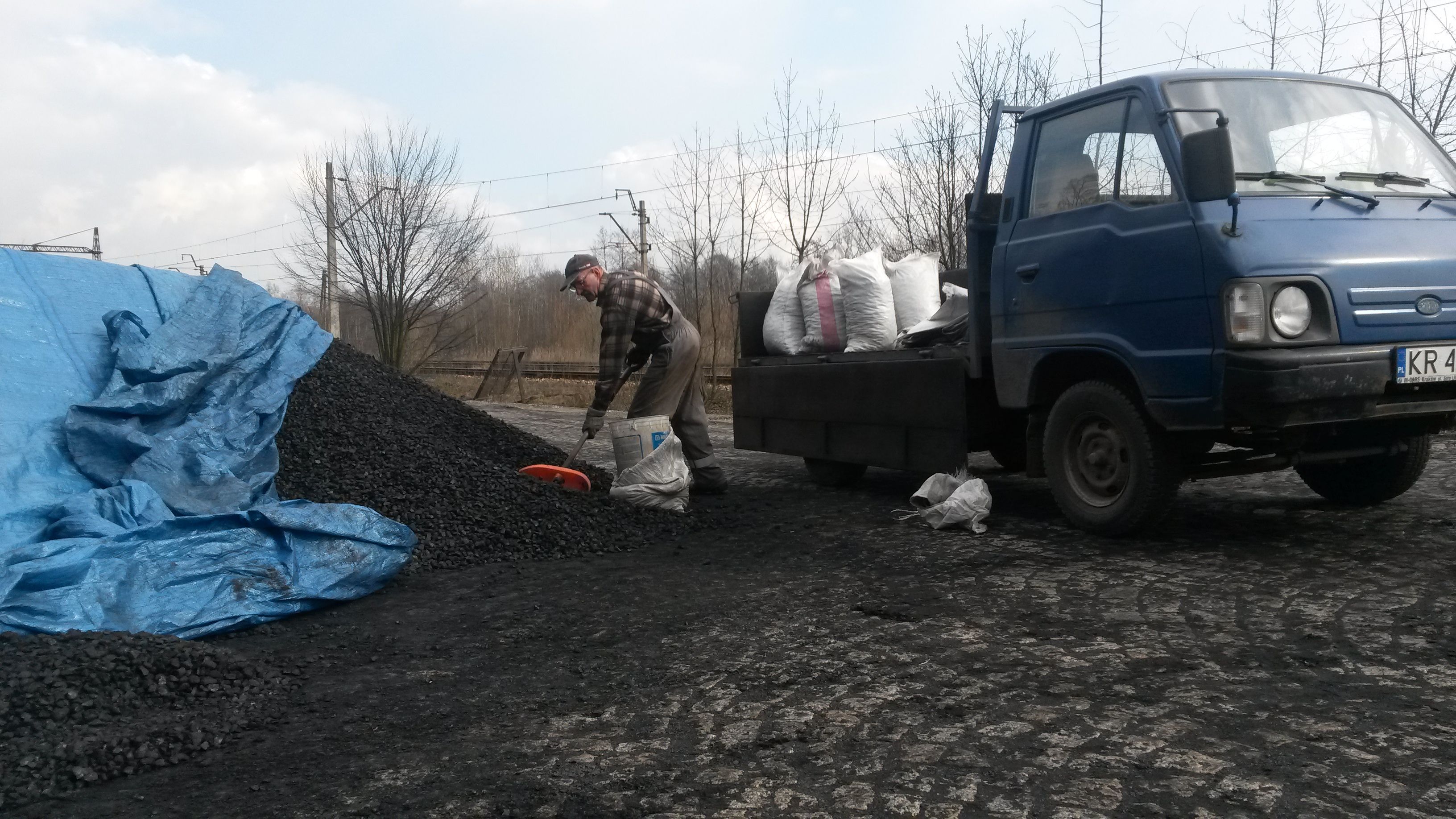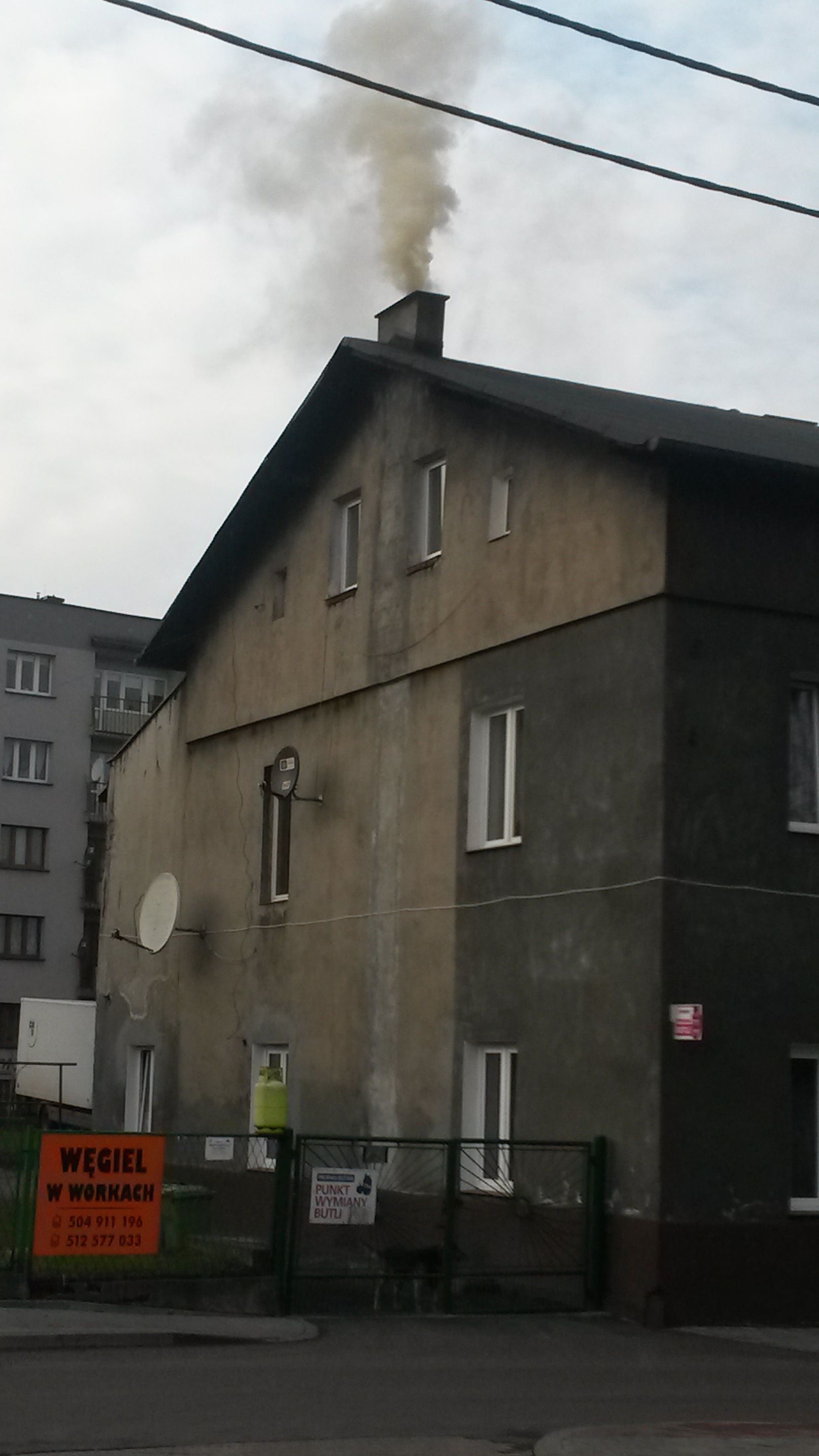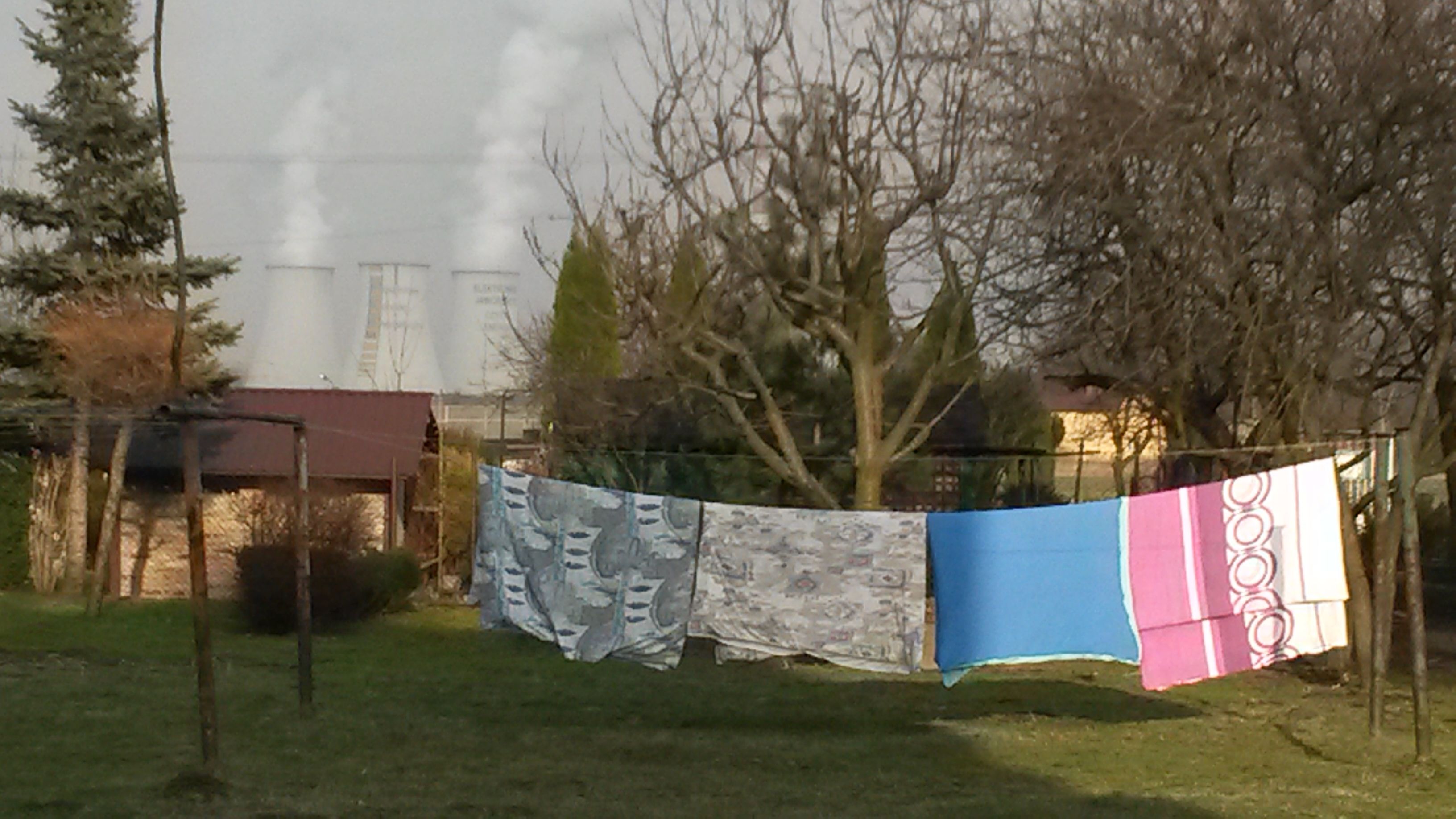April 22, 2015 | Pulitzer Center
Coal plays a central role in Polish life, keeping people warm during bitter winters and providing nearly 90 percent of the country's electricity. Poles also suffer from air that is among the worst in Europe, particularly in Krakow, where soot from home coal furnaces hangs over the city all winter. At a lot on the outskirts of the elegant medieval city, buyers load coal into car trunks. In industrial Silesia, coal-fired power plants are everywhere, and vast piles of the fuel many call "Polish gold" sit alongside mines.

























